Optimal Timing for Waterproofing Applications
Waterproofing is an essential process to protect structures from water intrusion and damage. The timing of waterproofing applications can significantly influence their effectiveness and longevity. Proper scheduling ensures optimal adhesion, curing, and performance of waterproofing materials, reducing the risk of leaks and structural issues over time.
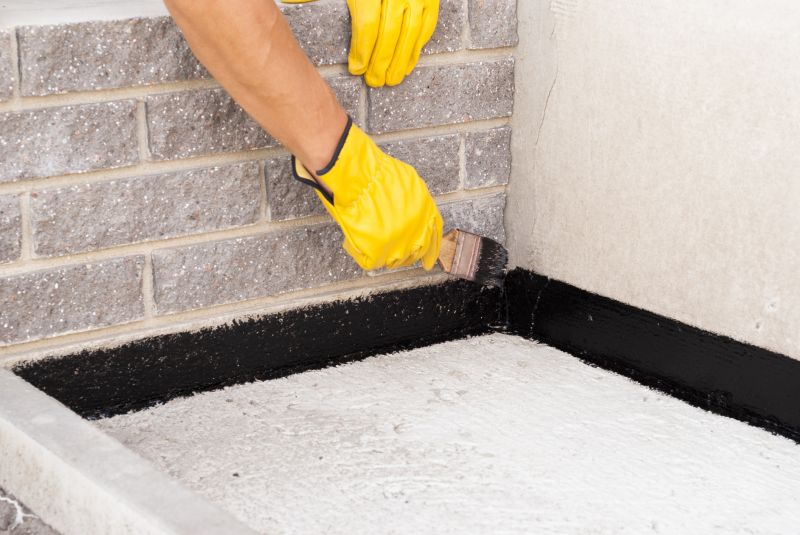
Applying waterproofing during dry weather minimizes moisture interference and enhances adhesion.
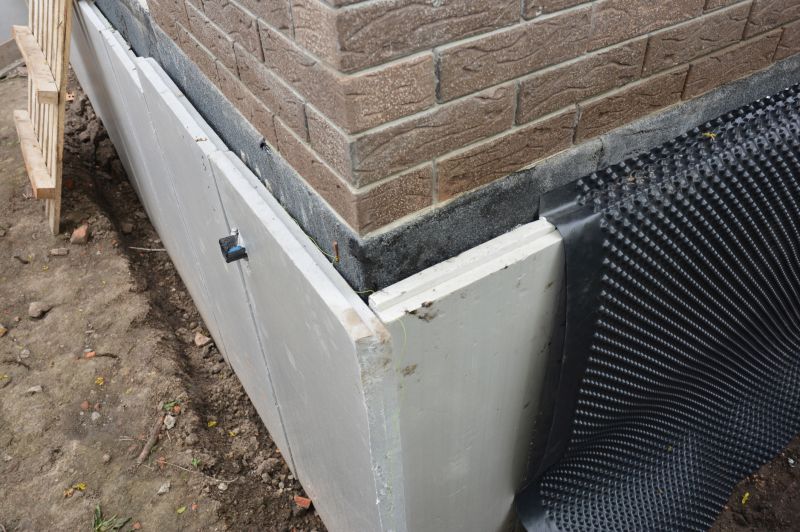
Implementing waterproofing before construction begins ensures long-term protection from the start.
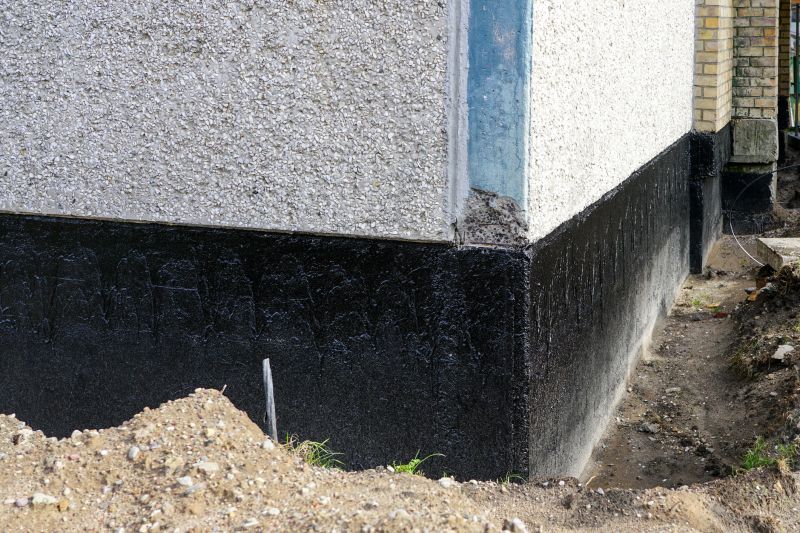
Retrofitting waterproofing after building completion can address existing vulnerabilities.

Ways to make Waterproofings work in tight or awkward layouts.
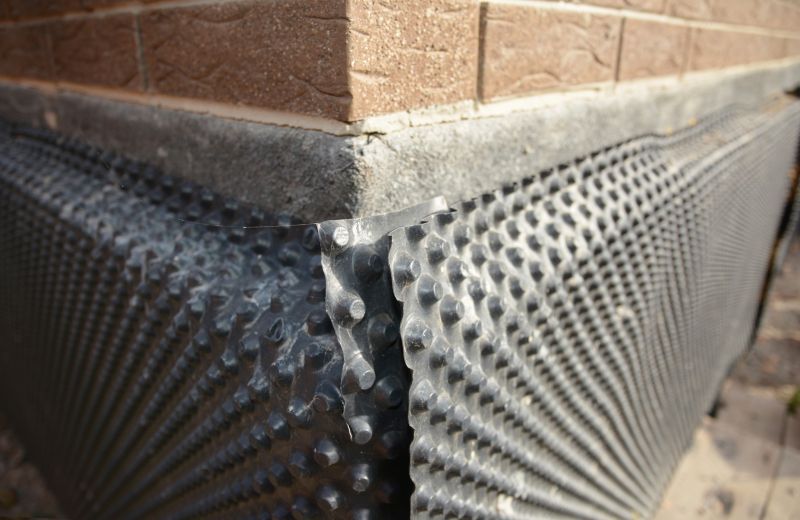
Popular materials for Waterproofings and why they hold up over time.

Simple add-ons that improve Waterproofings without blowing the budget.
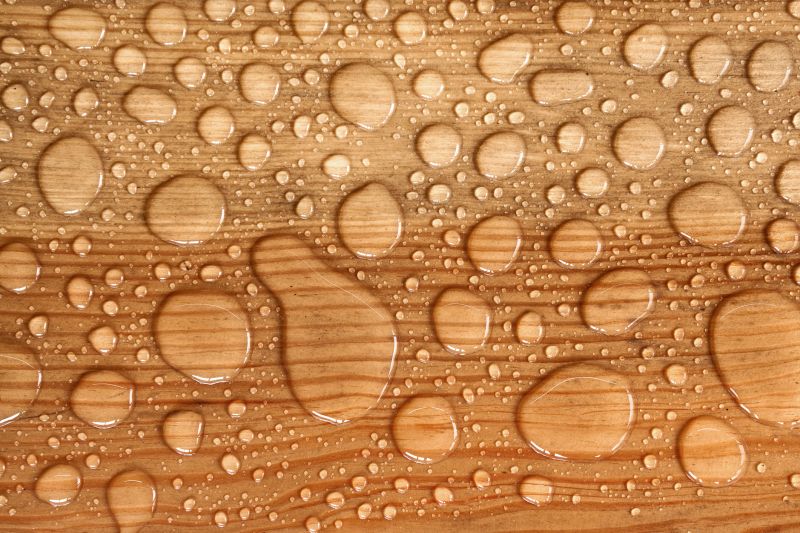
High-end options that actually feel worth it for Waterproofings.
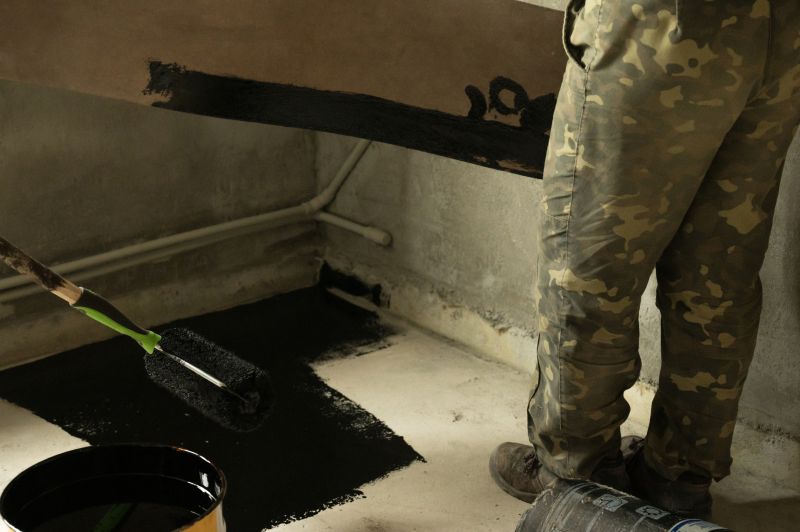
Finishes and colors that play nicely with Waterproofings.
Waterproofings involve applying specialized materials to surfaces to prevent water penetration. These systems are vital for foundations, roofs, basements, and balconies, where water exposure can cause structural damage, mold growth, and deterioration. Properly timed waterproofing can extend the lifespan of structures and reduce maintenance costs.
Applying waterproofing at the right time ensures maximum effectiveness and durability of the protective layer.
Late fall and winter are generally less suitable due to moisture and temperature fluctuations that hinder curing.
Ideal conditions include low humidity, moderate temperatures, and dry days for optimal application.
Proper timing reduces the need for frequent repairs and enhances the longevity of waterproofing systems.
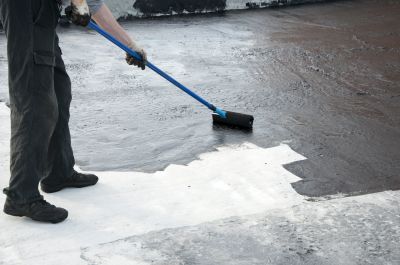
Optimal for quick curing and adherence due to warm, dry conditions.
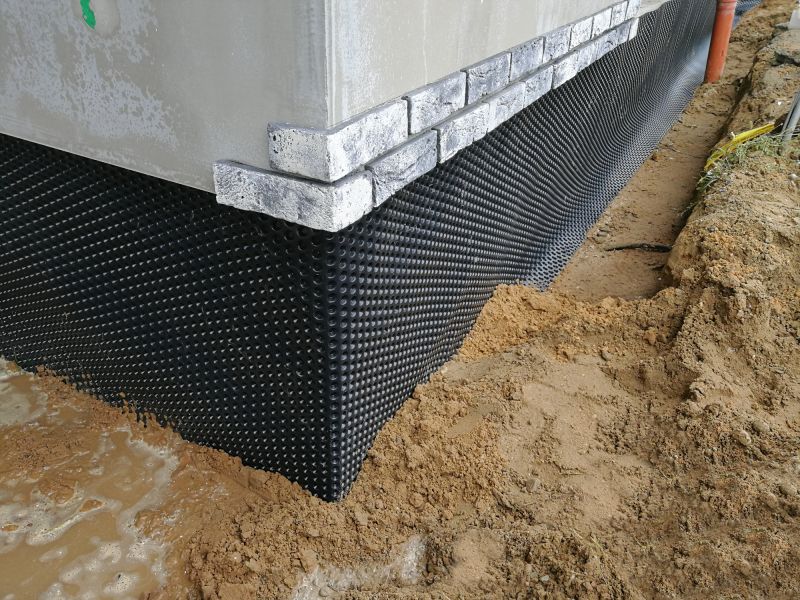
Ideal as weather is generally mild and dry, supporting effective application.

Suitable before winter, allowing materials to cure properly before cold weather.
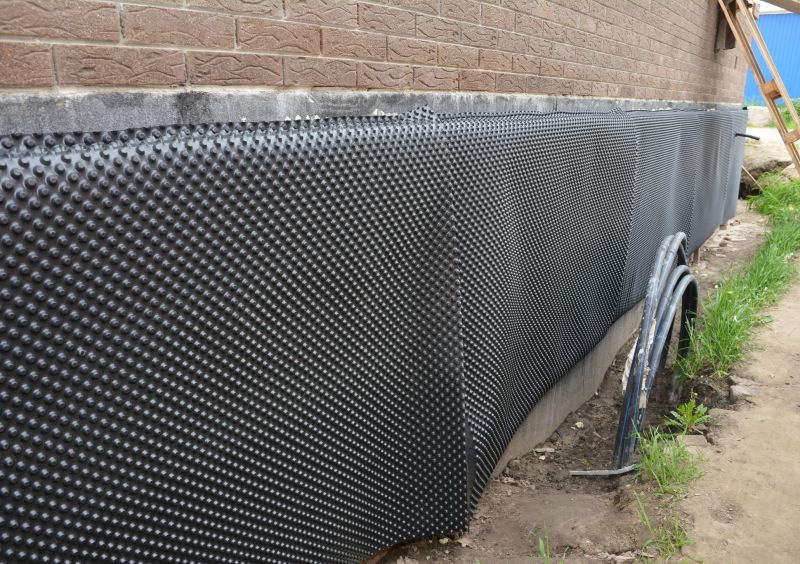
Typically avoided unless using cold-weather formulations, due to moisture risks.

Little measurements that prevent headaches on Waterproofings day.
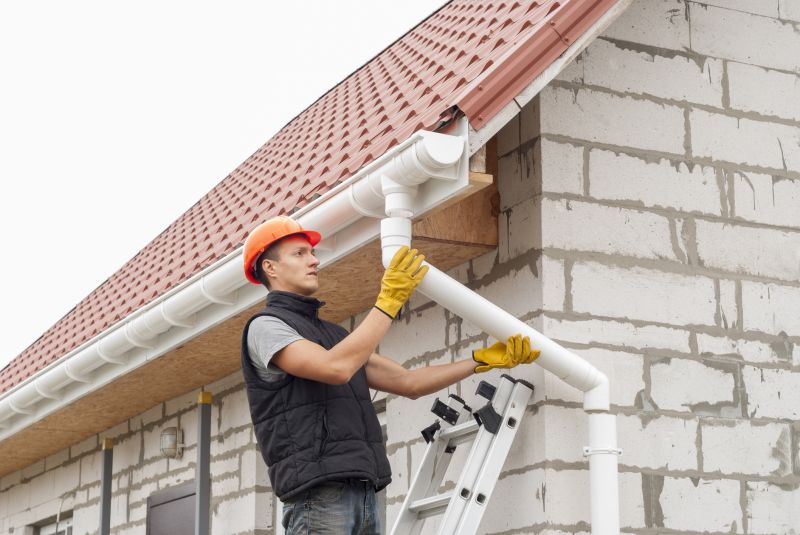
A 60-second routine that keeps Waterproofings looking new.
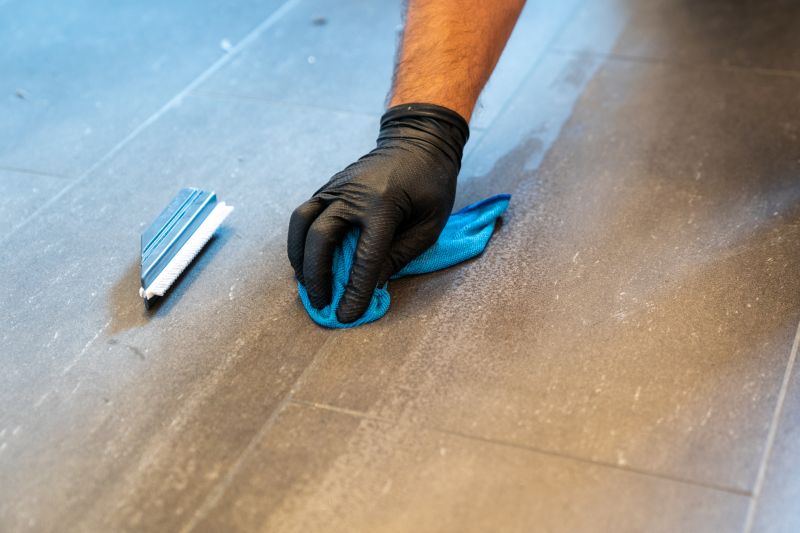
A frequent mistake in Waterproofings and how to dodge it.
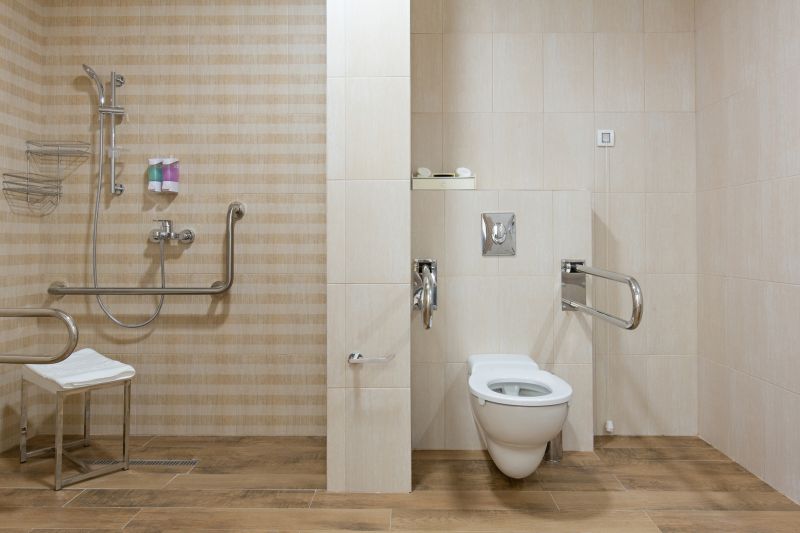
Small tweaks to make Waterproofings safer and easier to use.
| Season | Recommended Application Conditions |
|---|---|
| Spring | Mild temperatures, low humidity, dry days |
| Summer | Warm, dry weather with stable temperatures |
| Fall | Cooler temperatures, before winter, dry conditions |
| Winter | Generally not recommended unless using specialized materials |
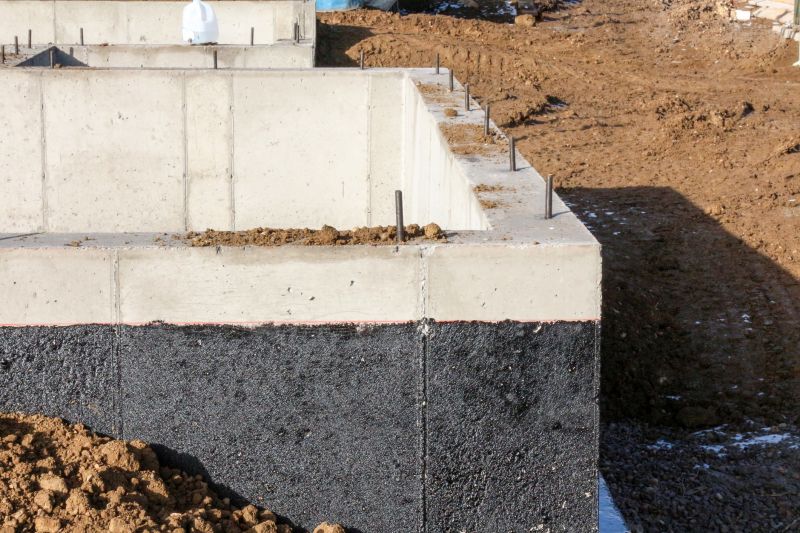
Best applied during dry, moderate weather to ensure proper adhesion and curing.
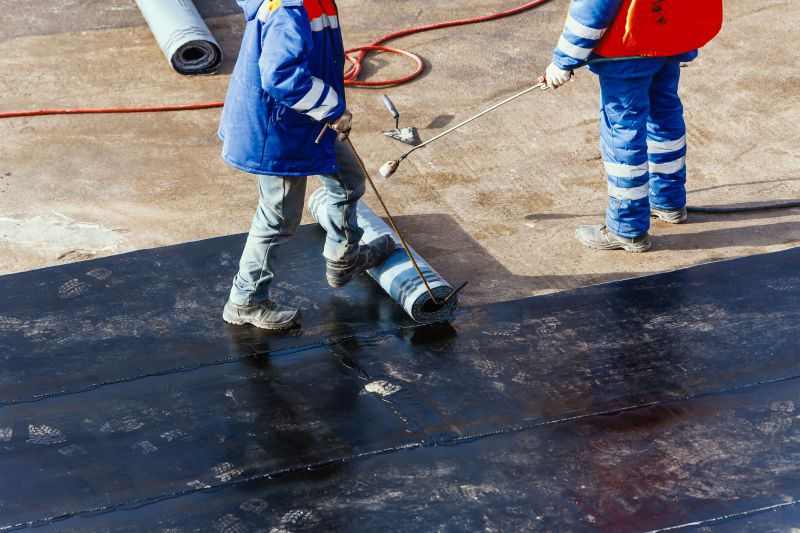
Optimal in late spring or early summer to prepare for rainy seasons.
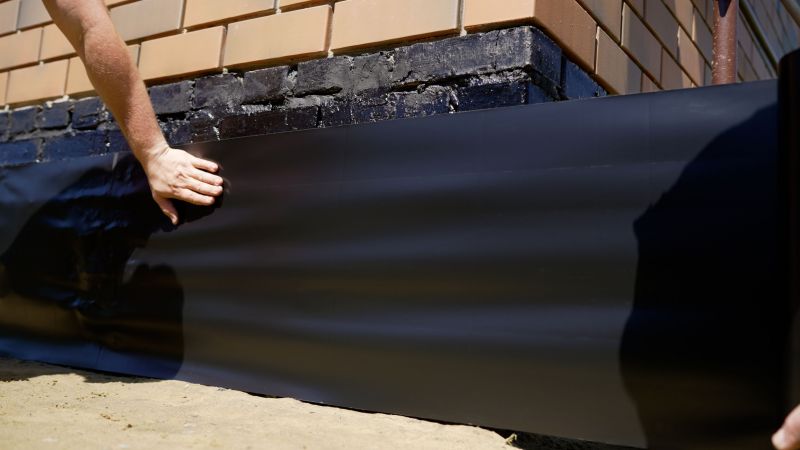
Best done during dry periods to prevent water pooling and leaks.
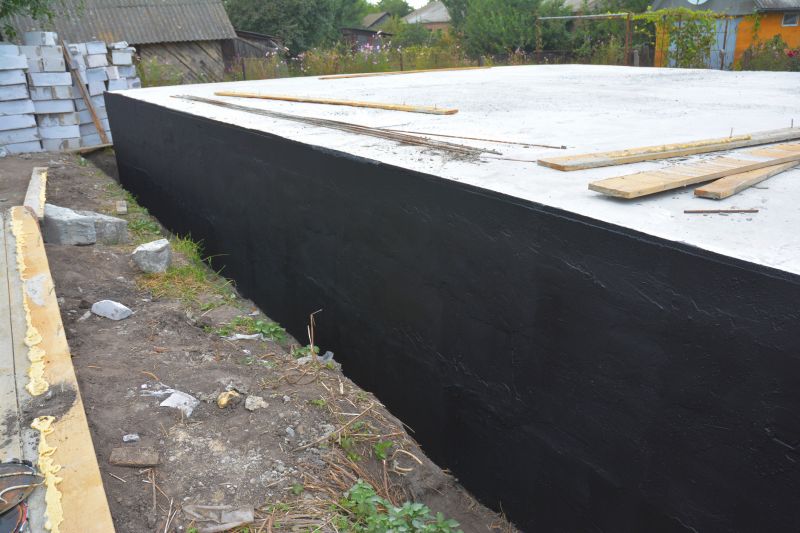
Lower-waste or water-saving choices for Waterproofings.
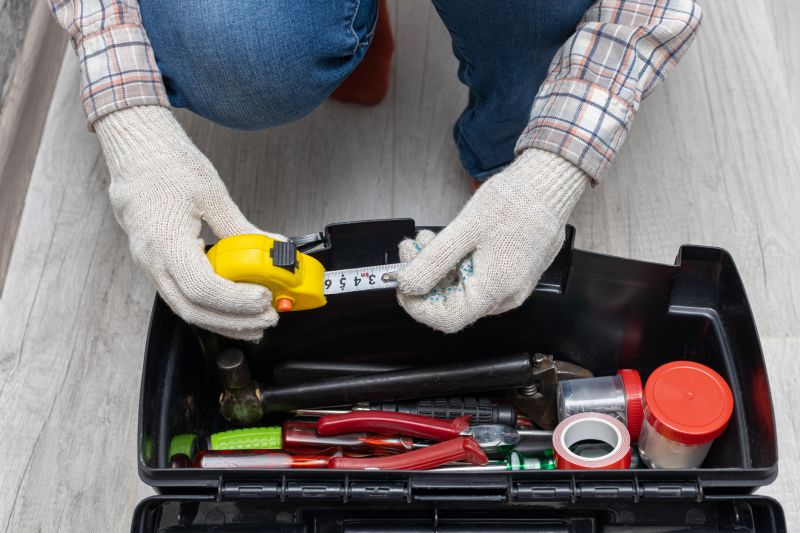
The short, realistic tool list for quality Waterproofings.
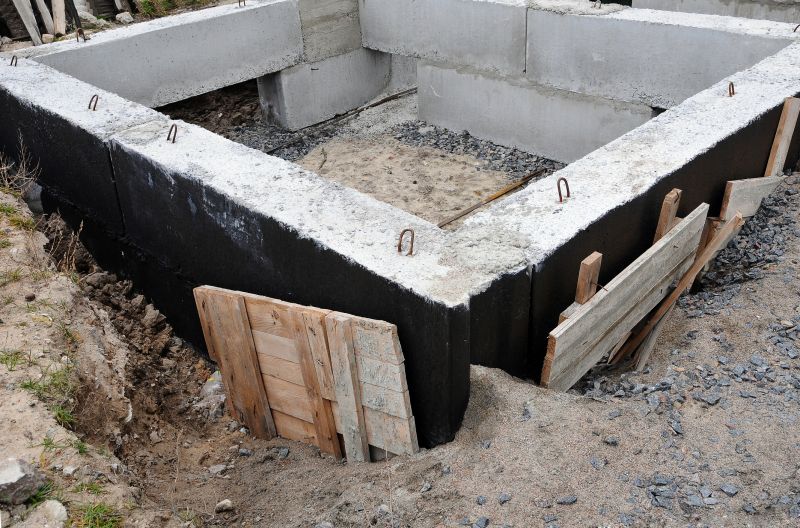
Rough timing from prep to clean-up for Waterproofings.

Quick checks and paperwork to keep after Waterproofings.
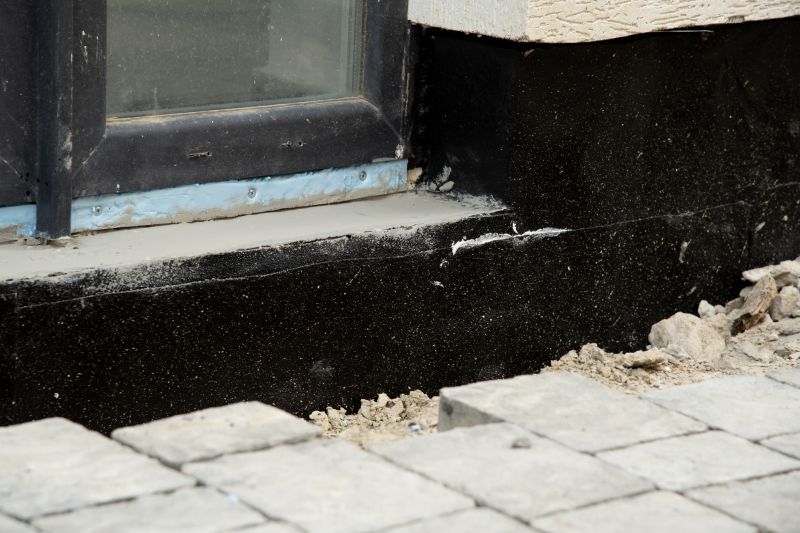
Examples that show the impact a good Waterproofings can make.
Choosing the right time for waterproofing enhances the durability and effectiveness of the system. Weather conditions, temperature, and seasonal factors all play crucial roles in ensuring proper application and curing. Proper planning can prevent water-related damages and extend the lifespan of the protected surfaces.

Optimal timing aligns with dry seasons for best results.

Moisture and temperature fluctuations can compromise application quality.
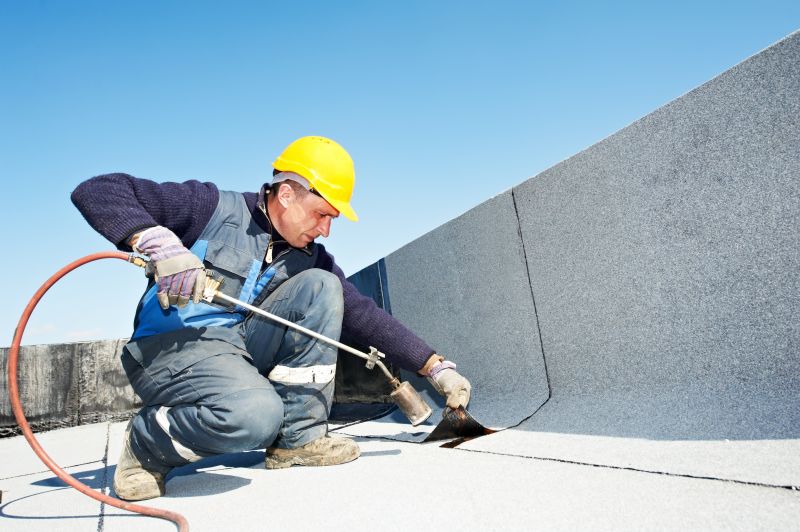
Scheduling during favorable conditions ensures long-lasting protection.
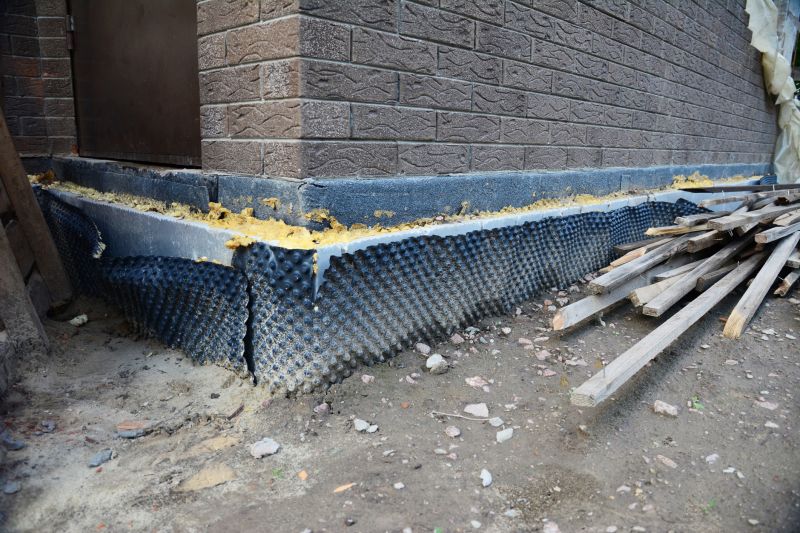
Timing inspections after application confirms proper curing and adhesion.
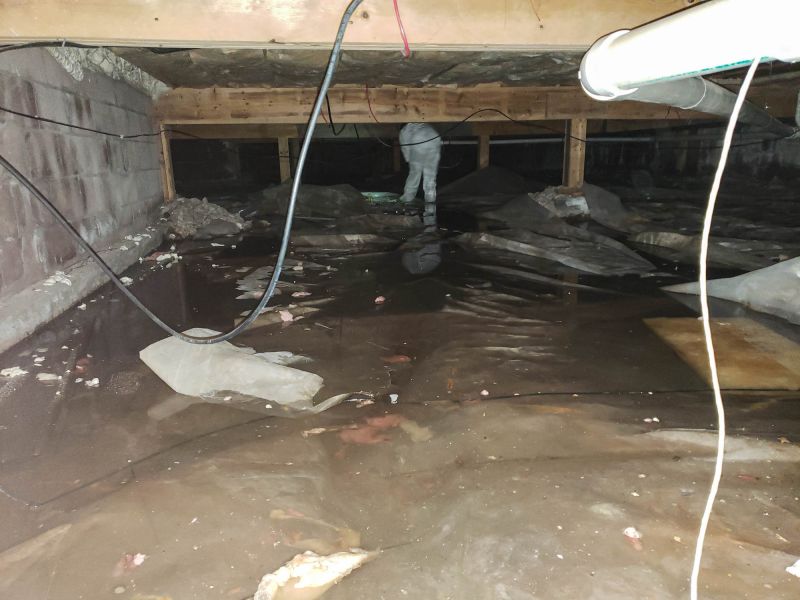
Ways to make Waterproofings work in tight or awkward layouts.

Ways to make Waterproofings work in tight or awkward layouts.
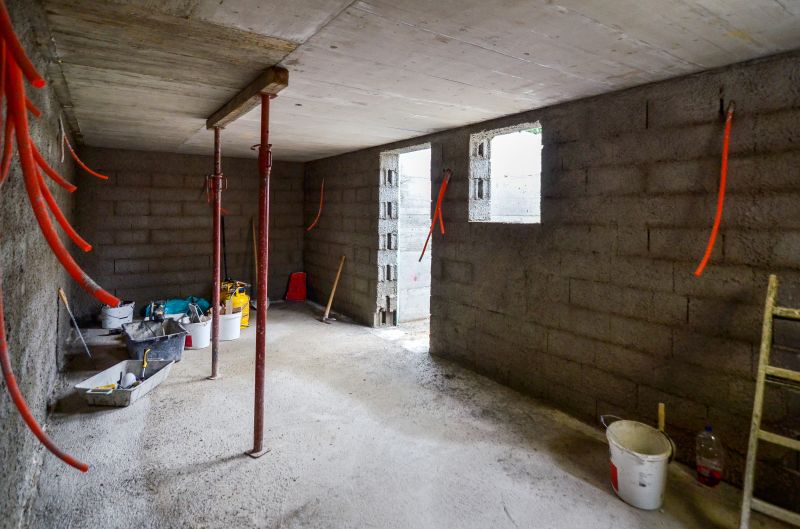
Ways to make Waterproofings work in tight or awkward layouts.

Ways to make Waterproofings work in tight or awkward layouts.
Properly timed waterproofing applications are essential for maintaining structural integrity and preventing water damage. Consulting with waterproofing professionals can help determine the most suitable period based on local climate conditions and project requirements. Interested parties are encouraged to contact for further information and scheduling assistance.


